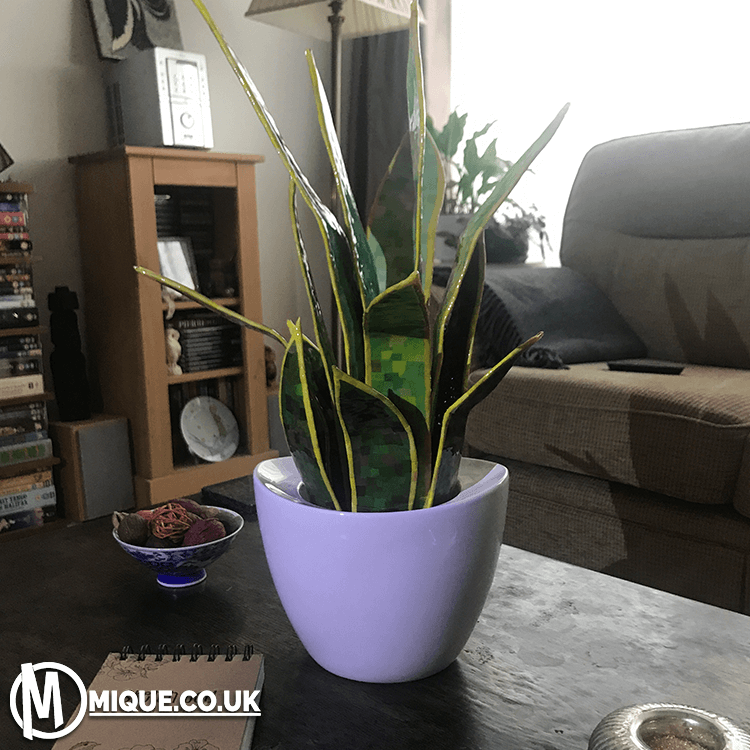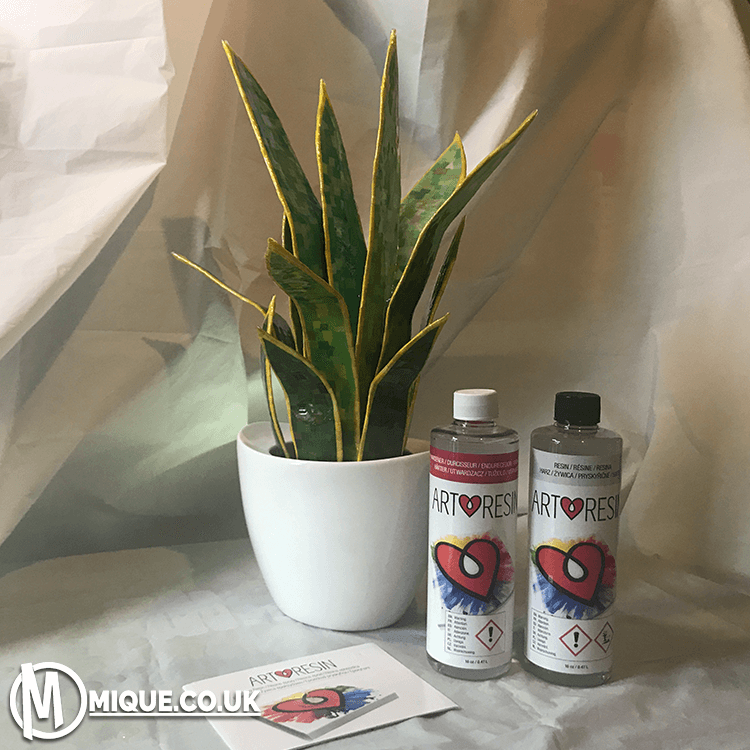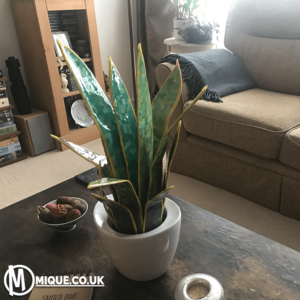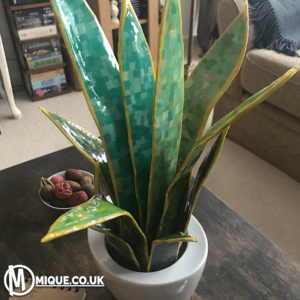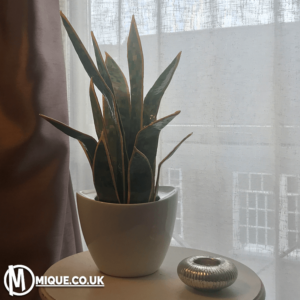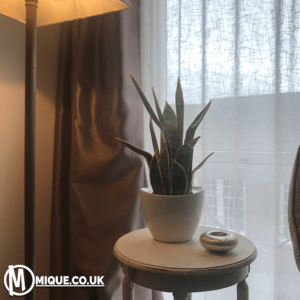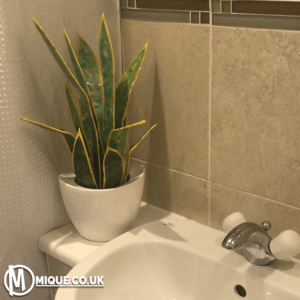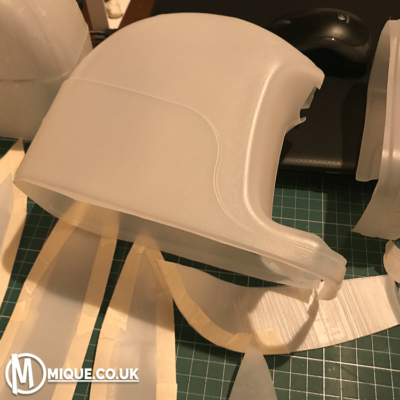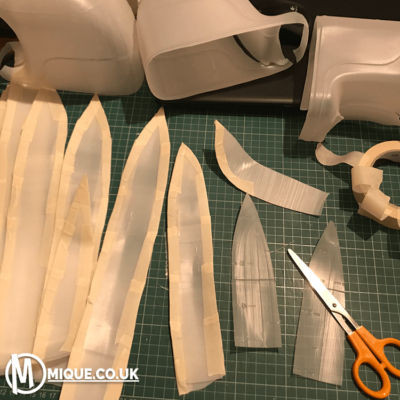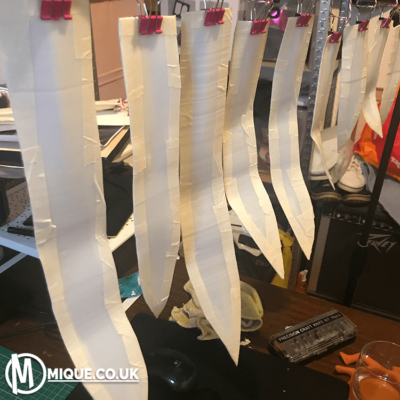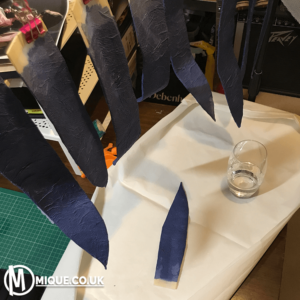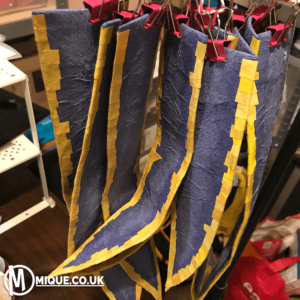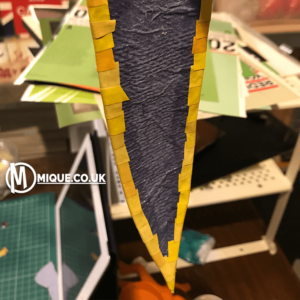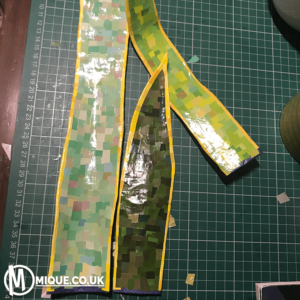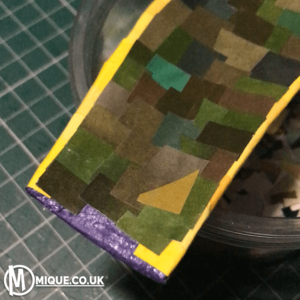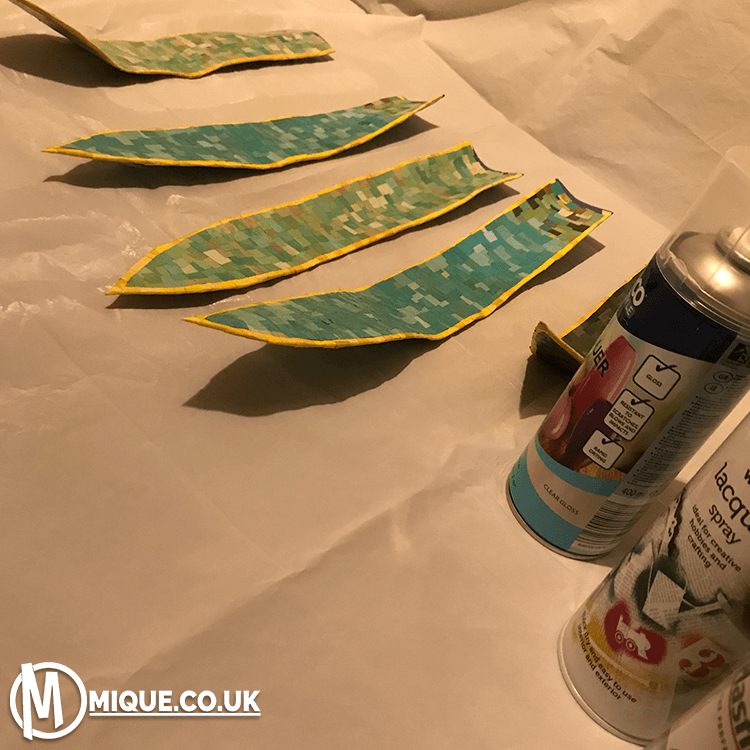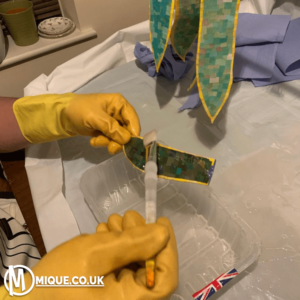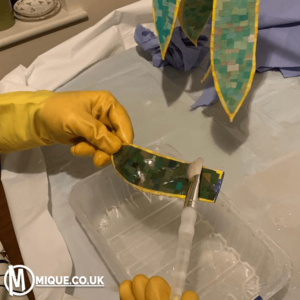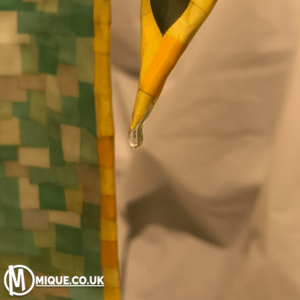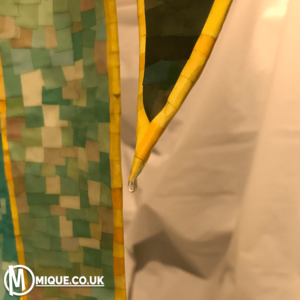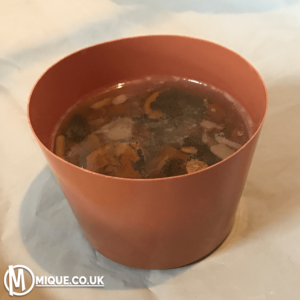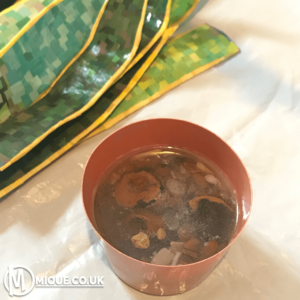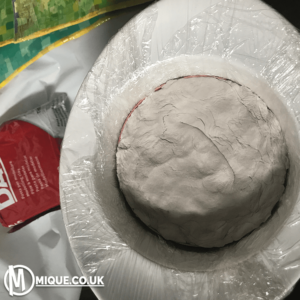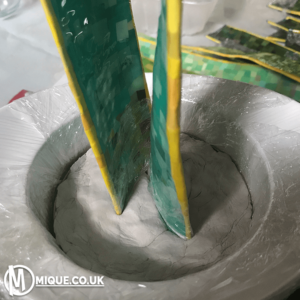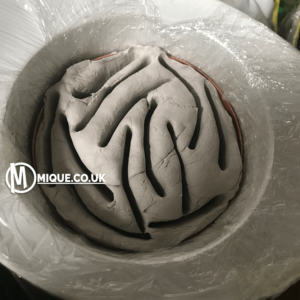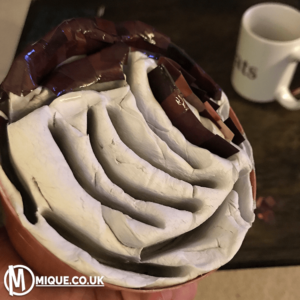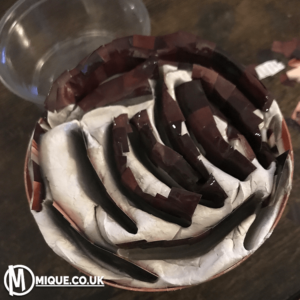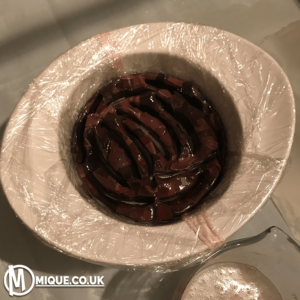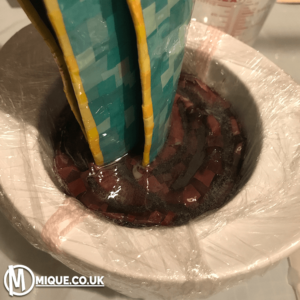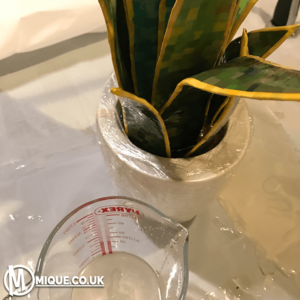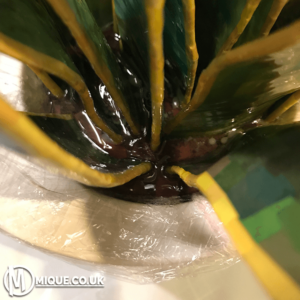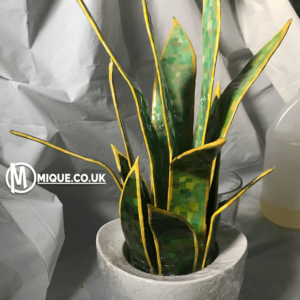SNAKE PLANT
Lockdown in the UK has been a real bugger; our lives have been disrupted in a way we never thought could happen, thousands of people have lost family members to COVID-19, businesses have had to close and everyone’s mood has been at grass level. I am fortunate to have started working in the care sector just before the pandemic started, therefore my life has been kind of normal, apart from the socialising part… however, having to cover colleagues who’ve gone off sick, working long hours and just sitting down to watch the news have kept my creative bone a bit idle, with no inspiration or energy to sit down and do what I like. but a few weeks ago I was challenged by lovely Rebecca from #ArtResin, to make something creative and awesome using art resin. She sent me a 32 oz kit to get me going and that was enough to wake me up and put me to work on a very special piece I made for myself. (however, I’m happy to make something similar if you’re interested… you just need to get in touch)
I recently moved to a new flat, and one of the bathrooms happens to have no windows. This makes it look cold and uninviting. Because of the lack of light I cant really put a real plant in there to give it some colour, and I don’t really fancy the idea of having a fake plant… unless that plant was special, artistic, creative and awesome!
When I was looking for plants that didn’t need much light I came across these lovely ‘Snake Plants’, but needing little light is not the same as needing NO LIGHT!!, so, I decided to use this opportunity and Rebecca’s challenge to make my own ‘Papier-mâché-Fake Snake Plant’ using ‘upcycled’ materials, and of course #ArtResin to protect it from humidity and other things that could ruin it over time. And Now, I’ll show you (for the first time ever) how to make one yourself, if you don’t want to commission one from me.
First, here’s the materials I used:
- A few plastic bottles. In my case, I used 6 pint milk bottles
- Masking tape
- PVA glue
- kitchen towel, Serviettes or strong and cheap Toilet paper
- Green, yellow and brown shaded cuts of Good quality Magazine paper (make sure that the ink doesn’t wash out when wet)
- Clear Spray Lacquer
- Bulldog clips/pegs
- Airdry clay
- Cling film
- Scissors
- Plastic plant pot
- Ceramic plant pot
- Small Syringe
- Small flat paint brush
- Thick flat paint brush
- An old shower curtain
- And of course, around 500ml of #ARTRESIN
Step 1:
First you need to cut the plastic bottles to the desired shape. If you want to make a different type of plant keep in mind that the base needs to be attached to something. In my case the base is going to be flat and the leaves are going to be long and simple. I decided to use two layers of plastic to make it stronger.
Once you’ve cut all the leaves (I used 12 pairs) you stick them together using Masking tape.
*Mind you, I cut the pairs in one go, so the two parts are exactly the same size.
Step 2:
Mix some PVA glue with water. I use a ratio of 1 part PVA and 3 parts water. Also cut the Kitchen roll or your paper of choice with your hands in smallish pieces. mine were around 3×5 cm. Using the thick brush use the PVA mix to wet the plastic leaves and then put some pieces of kitchen toll on top. using the brush stick them and make sure they follow the contour of the plastic. be careful not to tear the paper with the brush. I used two layers of paper.
To start with I left the base of the leaves bare, and I used bulldog clips and bits of string to hang them to dry. you can use pegs or whatever you find suitable.
Let the leaves dry overnight and when they’re ready, put the clips on the other end and finish covering the base with kitchen roll and let it dry overnight again. (I hope this makes sense)
Step 3:
Once all your leaves are Papier-mâchéd it’s time to decoupage them with magazine paper. Using the small brush and some undiluted PVA glue, I started colouring the edges using small pieces of yellow printed paper. You could technically use any kind of paper, but I like the mosaic effect of the different shades from different magazines. You could also paint the leaves if you’re good at painting and the plant would probably look more realistic, but that’s not what I was going for. I wanted this mosaic effect so, even though the plant is fake, it looks artistic and made like this on purpose. When gluing the paper to the leaves make sure to put glue on top of the paper too. This will make it more flexible and also will seal it. Once the edges are covered, use the clips to hang and leave to dry overnight.
Step 4:
Once the yellow edges are dry you can start colouring the rest of the leaves. Here you need to decide on the colours. I used different shades of green using the lighter colours for the larger leaves and darker colours for the smaller ones. If I’d had enough pieces of the same shade I’d probably have used only dark colours, but I liked this idea of having different shades. Also, I didn’t try to imitate the patterns of a real snake plant, but you can do whatever you like. You can try different combinations and if you don’t like the end result just cover the paper with different colours.
At this point I left a small uncoloured gap at the ends, just big enough for the clips to grip. I tried covering the whole leaf and then put the clip on top, but when dry the glue would stick to the clip and tear some of the paper when trying to remove it. so be careful. Let it dry overnight.
(These photos were taken the day after, when they were already dry)
Step 5:
Put an old shower curtain on your work surface, hopefully large enough so you can put all your decoupaged leaves on top of it at once. very carefully spray the clear lacquer on one side of them and let dry. I gave my leaves 3 layers of lacquer on each side. this is to prevent leaks of resin through the edges of the paper which may cause some discoloration. Now, both the lacquer or the resin can filter through the edges, and it’s only natural to happen as the surface of the leaves is not completely flat. I was expecting this and I’m not really bothered by it, as you’ll only see it if you know where to look.
Step 6:
Once the lacquer is dry, it’s time to coat the leaves with #ArtResin. To do it, I hung some of my leaves from a bar on an old microphone stand on top of my table. You’ll have to find a way to do this according to your own circumstances.
Keep in mind that the resin will drip onto the shower curtain, so make arrangements to avoid it leaking onto your floor. I folded the edges to create small walls that prevented the resin from flowing out of the curtain.
You’ll have to mix your resin and hardener according to the instructions, mixing for 3 minutes scraping the walls of your container so it is completely mixed. I used 200ml each time but you have to calculate according to the size of your plant. Also make sure that your resin is at room temperature to avoid excessive bubbles. Once the leaves are hanging above the curtain, wearing gloves and using a thick brush, apply a layer of resin on both sides and let any excess drip off until it cures.
You can leave the top edge of the leaves bare, as it will be hidden and also will be coated in resin later anyways, also, it will keep the clips clean.
This part can be messy so be very careful. using a blow torch get rid of the bubbles and keep an eye every couple of hours as a drop of resin will form on the pointy edge. I just kept removing it for the first 6 hours so it wouldn’t be too thick when completely cured.
Once cured, give your leaves another coat of resin and follow the same procedure. you could try sanding the leaves a little bit so the second coat will stick better. I just didn’t want to risk damaging the leaves by handling them too much.
Step 7:
For the base I used an old plastic plant pot. I cut the edges so it wouldn’t show when I put it in a ceramic pot.
I sealed the holes with Sellotape and I put some gravel from the beach at the bottom to give it a bit of weight. Then I poured some left over resin to secure the gravel and make it solid. When cured I used some ‘Air dry clay’ to create a base for the leaves. I covered the base of the leaves with cling film and I positioned them in the clay in the way I wanted the plant to look when ready. After 20 minutes I removed the leaves (keeping in mind their position for future reference) and let the clay dry in a warm place for a couple of days.
When dry, Using the same technique of decoupaging the leaves, I covered the clay base with brown pieces of paper using PVA glue. I left it to dry overnight and then sprayed clear lacquer on it.
Step 8:
Finally I mixed a little bit of #ArtResin (only 80ml), I (unsuccessfully) protected the inside of the ceramic pot with clingfilm and put the plastic pot inside. Now, I did this in case I wanted to change the ceramic pot in the future, but as I said I was unsuccessful in protecting it therefore take your own measures if you want to do the same thing (interchange pots in the future).
Next, I poured some resin in the pot making sure to fill all the gaps left by the leaves before and then I put the leaves back in their gaps and removed the excess resin with a Syringe. I left the leaves in place overnight for the resin to cure and Voila… the plant was finished.
Now… I tried to remove the plastic pot from the ceramic pot, but the resin filtered through the wrinkles of the cling film and it all got stuck… so, I wont be interchanging pots in the future… If you don’t want this to happen, find a different way to seal the plastic pot. Unfortunately I cant really give you advice on that.
So here it is, My fake-Awesome Snake plant… It looks so good that I could put it anywhere, and people who’ve seen it love it… Obviously, it may not be everybody’s cup of tea, but I love it. It’s simple, shiny, elegant, and brings life and colour to my otherwise dull windowless bathroom!
Thank you Rebecca and #ArtResin for making me part of this challenge… I hope you like my plant is lovely too.
